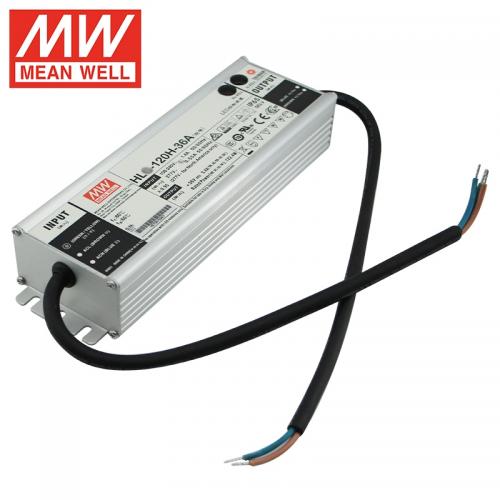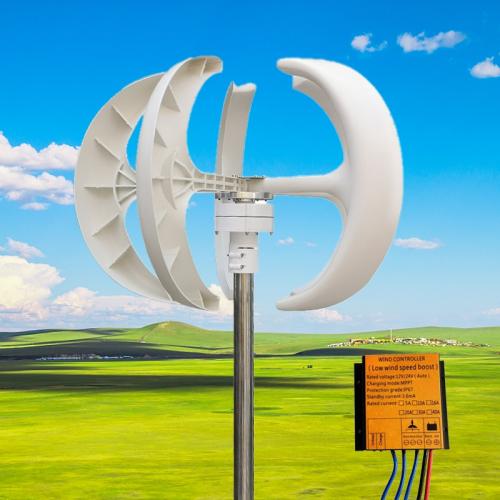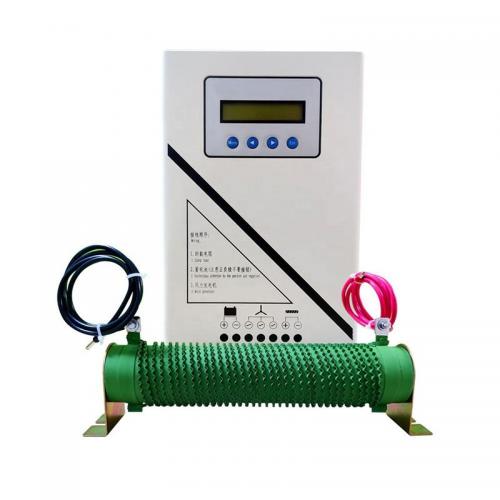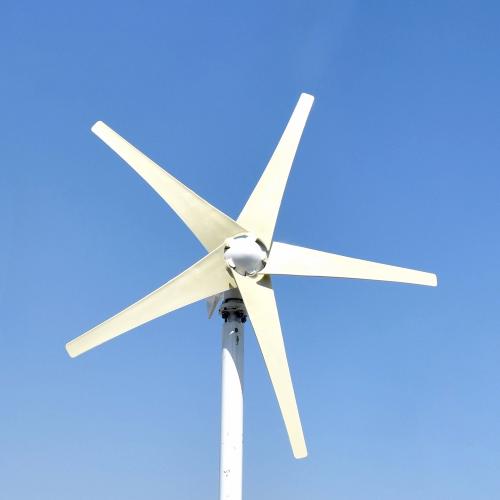Where are wind turbines made?
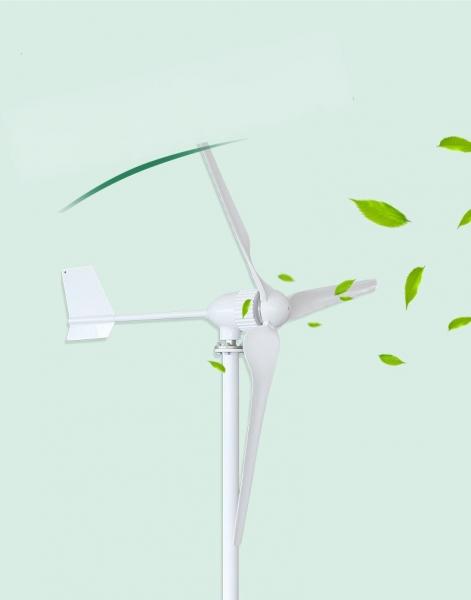
Wind turbines are a crucial component of the renewable energy sector, playing a significant role in the global transition towards sustainable energy sources. The manufacturing of wind turbines is a complex process that involves several stages and is carried out by companies across the world. In this article, we will explore where wind turbines are made, the key players in the industry, and the factors influencing the location of their production facilities.
The production of wind turbines is concentrated in several countries, with the largest manufacturers being located in China, the United States, Germany, Denmark, and Spain. Each of these countries has developed a robust wind energy sector, supported by favorable government policies, technological advancements, and a skilled workforce.
China is the largest producer of wind turbines globally, with several leading companies such as Goldwind, Envision, and Mingyang Smart Energy. The country's dominance in the wind turbine manufacturing sector can be attributed to its large-scale investments in renewable energy, government incentives, and a strong supply chain network. China's focus on reducing its carbon footprint and transitioning to clean energy sources has further fueled its growth in this industry.
The United States is another major player in the wind turbine manufacturing sector, with companies like General Electric (GE) Renewable Energy and Siemens Gamesa operating large production facilities. The U.S. benefits from a vast domestic market, technological innovation, and supportive policies that encourage the development of renewable energy. The presence of a skilled workforce and advanced manufacturing capabilities also contribute to the country's prominence in the wind turbine industry.
Germany is renowned for its engineering excellence and has a strong presence in the wind turbine manufacturing sector. Leading companies such as Siemens Gamesa and Enercon are based in Germany, and the country is known for its high-quality engineering and innovation in wind energy technology. Germany's commitment to renewable energy and its Energiewende policy, which aims to transition the country to a sustainable energy system, have driven the growth of its wind turbine industry.
Denmark is a pioneer in the wind energy sector and is home to Vestas, one of the largest wind turbine manufacturers in the world. Denmark's early adoption of wind energy and its focus on research and development have positioned it as a leader in this field. The country's strong commitment to sustainability and its supportive regulatory framework have fostered the growth of its wind turbine manufacturing industry.
Spain is another significant player in the wind turbine manufacturing sector, with companies like Siemens Gamesa and Acciona leading the way. Spain's favorable wind conditions and government support for renewable energy have contributed to the growth of its wind energy sector. The country's strategic location also allows it to serve both European and international markets effectively.
The location of wind turbine manufacturing facilities is influenced by several factors, including access to raw materials, proximity to key markets, availability of skilled labor, and government policies. Manufacturers often choose locations that offer logistical advantages, such as access to ports for easy transportation of large turbine components and proximity to wind farm projects.
Government policies and incentives play a crucial role in shaping the wind turbine manufacturing landscape. Countries that offer subsidies, tax incentives, and favorable regulatory environments attract more investments in renewable energy and manufacturing facilities. These policies help reduce the cost of production and make wind energy more competitive with traditional energy sources.
Technological advancements and innovation are also key drivers of the wind turbine manufacturing industry. Companies invest heavily in research and development to improve the efficiency and performance of wind turbines. Innovations in materials, design, and manufacturing processes have led to the production of larger, more efficient turbines that can generate more electricity at lower costs.
The global supply chain for wind turbine components is complex and involves multiple players, including suppliers of raw materials, component manufacturers, and assembly plants. The production of wind turbines requires a diverse range of materials, including steel, fiberglass, and rare earth elements. Manufacturers often source components from different countries to optimize costs and ensure a steady supply of materials.
In recent years, there has been a growing trend towards localizing the production of wind turbines to reduce transportation costs and minimize the carbon footprint associated with shipping large components. This trend is particularly evident in countries with large domestic markets for wind energy, where manufacturers establish local production facilities to meet the demand.
The future of wind turbine manufacturing looks promising, with increasing global demand for renewable energy and continued technological advancements. As countries strive to meet their climate goals and transition to sustainable energy sources, the wind energy sector is expected to grow significantly. This growth will likely lead to further investments in manufacturing facilities and the development of new technologies to improve the efficiency and performance of wind turbines.
In conclusion, wind turbines are made in several countries across the world, with China, the United States, Germany, Denmark, and Spain being the leading producers. The location of manufacturing facilities is influenced by factors such as access to raw materials, government policies, and technological advancements. As the demand for renewable energy continues to rise, the wind turbine manufacturing industry is poised for significant growth, driven by innovation and a commitment to sustainability.

 Afrikaans
Afrikaans Čeština
Čeština Dansk
Dansk Deutsch
Deutsch Español
Español Francais
Francais Italiano
Italiano Magyar
Magyar Nederlands
Nederlands Norsk
Norsk Polski
Polski Português
Português Română
Română Slovák
Slovák Suomi
Suomi Svenska
Svenska Tiếng Việt
Tiếng Việt Türk dili
Türk dili Ελλάδα
Ελλάδα Русский
Русский اللغة العربية
اللغة العربية แบบไทย
แบบไทย 中文繁體
中文繁體 日本語
日本語 한국인
한국인
